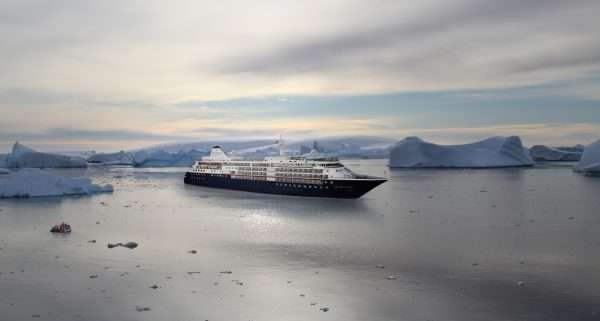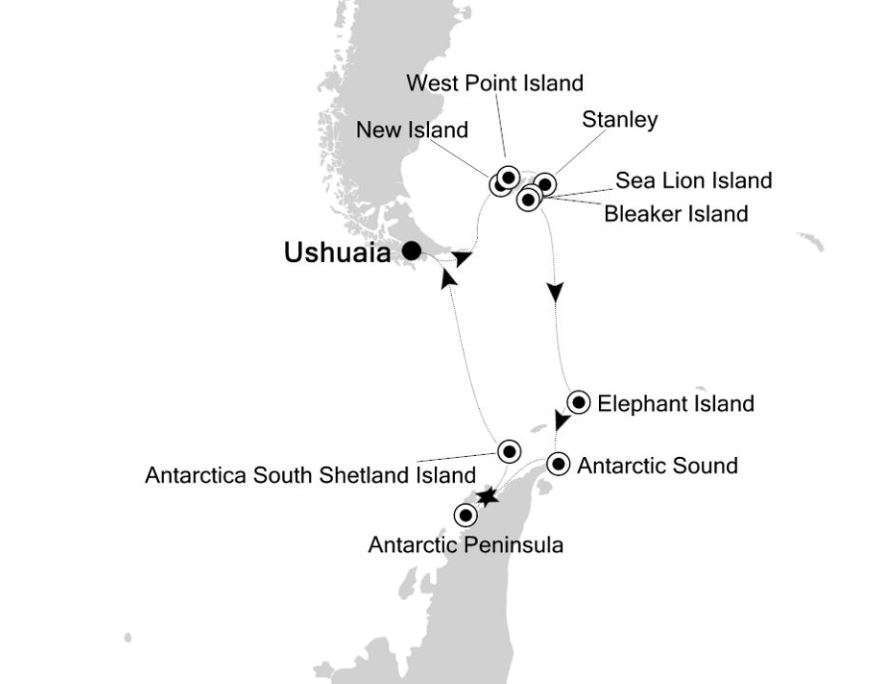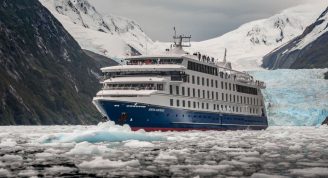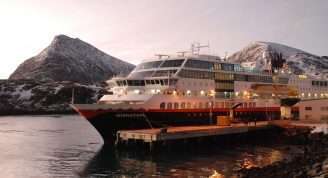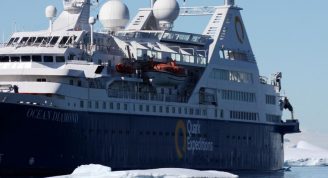Description
Join us for a journey to the last untouched continent including a visit to several of the Falkland Islands. Black-browed Albatross colonies next to Rockhopper Penguins and Blue-eyed Shag colonies, its recent history and the British flair make the Falkland Islands special. Antarctica offers spectacular icebergs and calving glaciers, as well as the possibility of up-close encounters with penguins ashore, seals sunbathing on slow-moving ice floes, and humpback or minke whales surfacing close to the ship. Weather depending, we will take daily Zodiac departures in Antarctica and cruise amidst colorful icebergs, or step ashore to visit a variety of penguin rookeries on excursions led by our team of natural history experts. Go kayaking in Antarctica under the guidance of certified instructors, and cross the incredible Drake Passage to look for pelagic birds, including petrels and prions. Throughout the voyage, learn about the geology, wildlife and history of this spectacular area from lecture presentations offered by your knowledgeable onboard Expedition Team.


